Preventing Accidental Poisoning: How To Keep Your Kids Safe From Harm
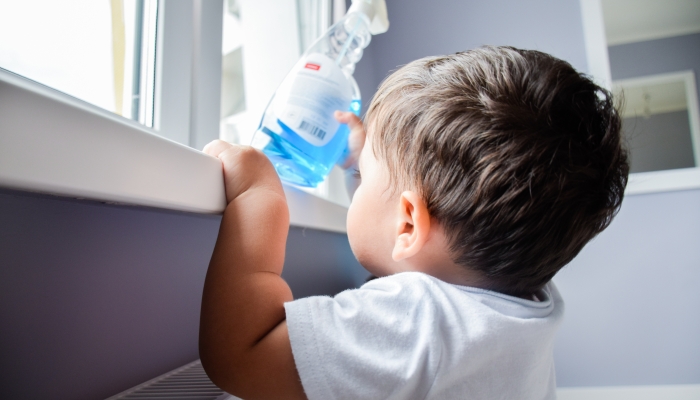
This post may contain affiliate links; please see our terms of use for details.
- Children can accidentally come into contact with poisonous substances, some of which may not be poisonous to adults.
- To prevent poisoning, becoming familiar with what is poisonous to children is the first step.
- Once you know what is poisonous, properly store those materials away from children.
- Educating your child early on what is poisonous and how to avoid it can also help prevent accidental poisoning.
- If your child should still come into contact with a poisonous substance, call your Poison Control Center or emergency services line immediately for what to do next.
Children love to play and explore around the home; however, this can lead to them coming into contact with potentially poisonous substances. These substances may even be things you didn’t know were poisonous to children.
Preventing accidental poisonings starts with knowing what is poisonous to children and how to properly store it away from children.
Proactive Prevention: Building a Safer Home Environment
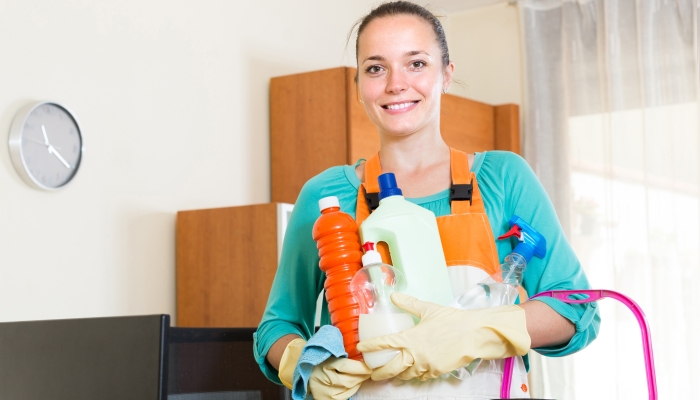
Creating a home environment where children can be safe from possible poisoning is possible. The first step is to identify what items in the house are poisonous.
If you aren’t sure how to identify all possible poisons in your household, you can arrange a home evaluation. Your pediatrician or local health department may be able to help you find a professional who can do that for you.
Once you have identified the poisons in your household, the next step is to store them away from children. Children become more mobile and can open more things as they age, so extra safety measures may be necessary to keep them from getting into those storage spaces. Safety equipment, such as cabinet locks, child-safe containers, and safety gates, can help prevent children from getting into those substances and give you time to whisk them away from where they are stored.
Once stored away, it’s important to regularly review the safety measures you have in place with everyone in the household, including caregivers. Everyone, including your older children, should know where the poisonous materials are and what to do if they find someone has come into contact with them.
Understanding Common Household Poisons
Different households will have different materials in them, but common categories for household poisons can include:
- Medications
- Household chemicals and products
- Plants
- Food
Medications
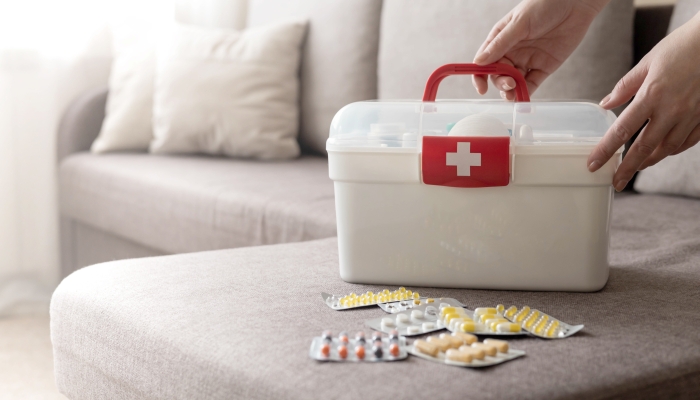
Over-the-counter (OTC) medicines and prescription medicines are probably one of the first things that come to mind when one thinks of possibly poisonous products. Children can obviously have both kinds of medicine given to them under the right circumstances, but outside of those circumstances is where the problems begin.
Always read the labels on how to correctly give a medicine before giving it to your child, as you can accidentally poison your child with the incorrect dose or timing of a medication.
Household Products
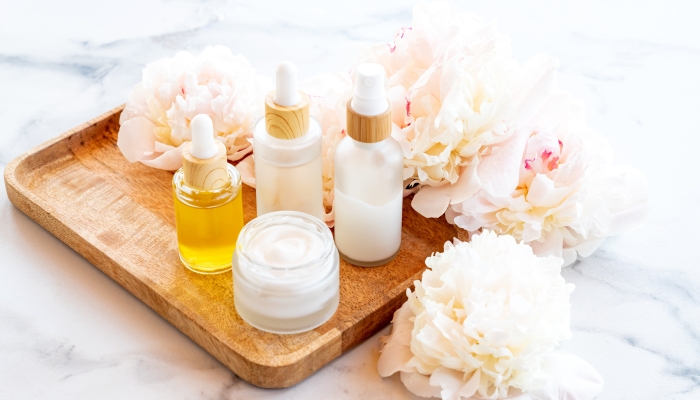
This is a broad category, but some major groups to worry about are household cleaning products, personal care products, and various other chemicals.
Household cleaners can include everything from hand soap to more potent chemical products, like window and bathroom cleaners. Personal care products can include things like:
- Lotions
- Cologne
- Makeup
- Hand sanitizer
While “other chemicals” is a vague group, think of this as one that contains chemicals like gasoline, paint thinner, bug killers, pesticides, etc. These chemicals are highly dangerous and can cause serious harm in very small amounts.
Plants & Foods
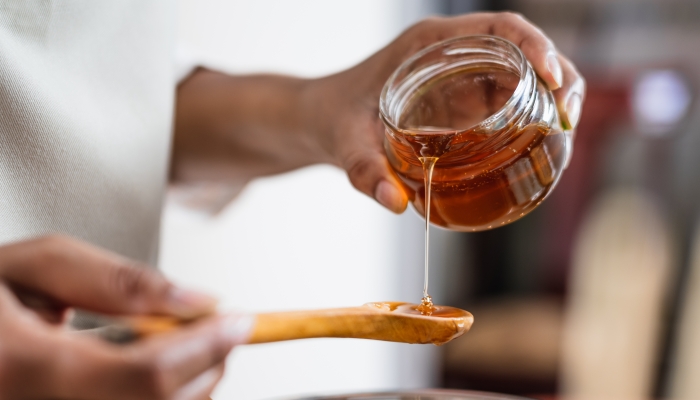
There are numerous plants one can have in and around their house. Some poisonous examples include:
- Daffodils
- Azalea
- Lily of the Valley
- Oleanders
It’s essential to keep the area around the plants free of plant debris, as they still pose a threat even when not part of the actual plant.
Food is a little more complicated, as some unsafe foods become safe for children to eat at a certain age. For example, infants should not eat honey11. NHS. Foods to avoid giving babies and young children. NHS. 2022. https://www.nhs.uk/conditions/baby/weaning-and-feeding/foods-to-avoid-giving-babies-and-young-children until they are at least one year old, as it may contain bacteria that can cause serious illness if eaten before then.
Some foods always carry the risk of being poisonous, such as:
- Pits and seeds of fruit like cherries, peaches, and apples
- Unpasteurized milk or “raw milk”
- Unpasteurized fruit juices
- Raw meat
Raw meat should always be cooked to an appropriate internal temperature when served to kids, and kids shouldn’t have any unpasteurized foods or drinks. Pasteurization is when a food item or drink is temporarily brought up to a certain temperature during processing to ensure that most of the bacteria or microbes in that product are killed, making it safe to consume.
Safe Storage Solutions
Storing hazardous materials out of the reach of children and in their original containers with child-resistant packaging is the next step in poison prevention for children.
General Tips
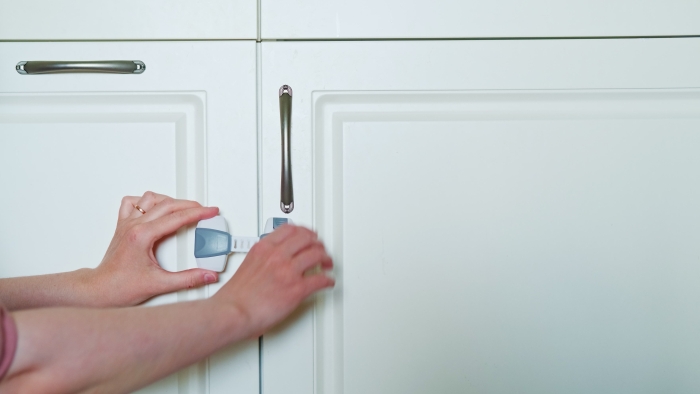
Keeping hazardous materials out of reach of children and above their sight line is key to poison prevention. If your child can’t see or reach it, then poisoning can’t happen! As your child grows taller and more mobile, this may mean moving materials higher and higher to keep them just as safe.
Child-resistant containers and packaging are common on some medicines and household products. This is a great preventative measure to help keep kids from being able to open a hazardous container. They aren’t 100% reliable, though, especially as children grow older and stronger. Use them as a way to give you time to get the container away from your child, should you find them trying to open it.
It may be tempting to peel a label off or to decant cleaners into pretty matching bottles, but keeping products in their original containers with their original labels intact is imperative to preventing poisoning. Without the original label, you may not remember exactly what was in it or whether it was poisonous.
Yes, original containers might not look as nice on your shelf, but remember that kids may see blue liquid in a bottle with no label and think it is a tasty drink or see laundry pods in a glass container and think it’s candy. If you store a substance in another container, someone may confuse something poisonous for something safe because it isn’t in the container that says it is dangerous.
Storing Medications
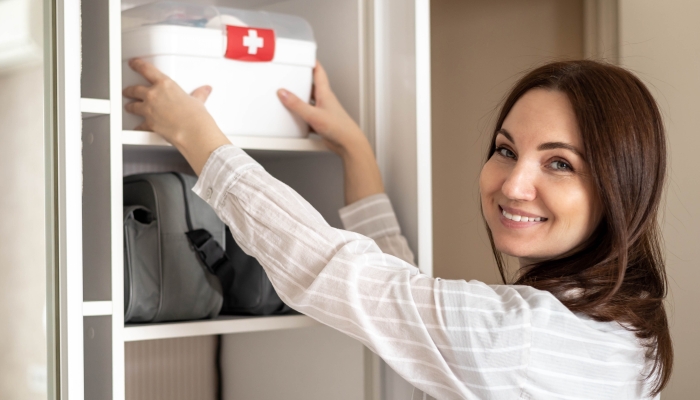
Always store medicines in a lockable medicine cabinet. Medicines can quickly become harmful or deadly with only a tiny dose, so multiple safety measures used together will help keep curious children out of harm’s way.
You should never keep medications in purses or pockets. Without the locked cabinet preventing children from getting to the medicine bottles, children can rummage through purses or clothes and be one step closer to accidentally poisoning themselves.
Children are often sick as they grow up, possibly leading to many bottles of medicine piling up in the medicine cabinet. It’s vital to regularly declutter and dispose of expired medicines, like children’s Tylenol, as expired medications aren’t going to perform their function as well as in-date medications.
Securing Household Products
Never store food items alongside non-food items or in old repurposed food containers. This helps prevent your children from inadvertently grabbing what they think will be food, but instead be something dangerous.
Educate Your Children
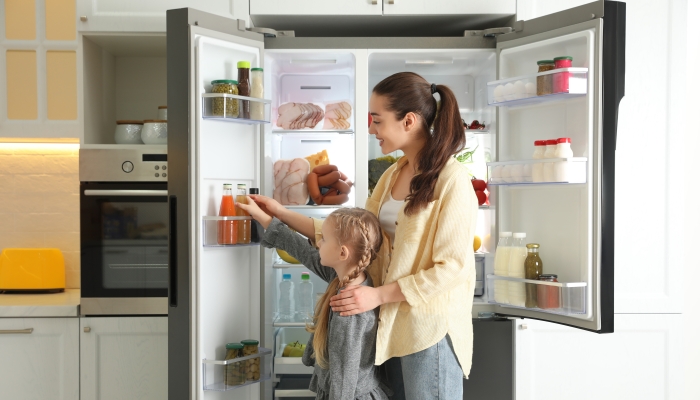
When old enough to understand, proper poison prevention education can help children keep themselves out of harm’s way. Teach kids to always ask an adult before eating or drinking anything, especially something they normally aren’t around. Remind children what they should do if they or someone else accidentally eats or drinks poisonous material.
A great way to help reinforce poison prevention education is to keep an age-appropriate book on poison prevention, like Poison Alert!: My Tips to Avoid Danger Zones at Home, that your child can easily access. There’s also the Poison Control Center website22. Poison & Prevention Information. Poison Control. https://www.poison.org, which has a variety of resources to help educate yourself and your children about poison prevention.
- Bellisario, Gina (Author)
- English (Publication Language)
- 24 Pages – 01/01/2014 (Publication Date) – Millbrook Press ™ (Publisher)
What to Do in Case of Accidental Poisoning
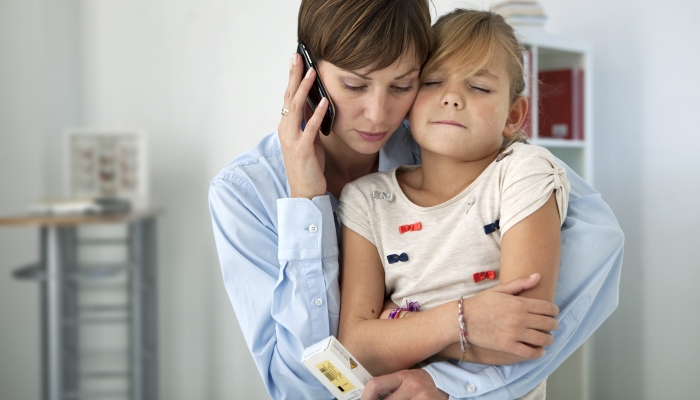
Unfortunately, even all the prevention in the world can’t prevent an accident from occurring. When an accident does occur, knowing what to do can help prevent further harm from coming to your child.
Immediate First Steps
Stay calm and assess what is going on when you happen upon a possible poisoning situation. See if your child is awake and breathing. If they are, call the Poison Control Center for what to do next. If they aren’t awake and/or breathing, call emergency services immediately.
Important Information to Provide
Whether you call the Poison Control Center or 911, you’ll need certain information to help your child in a possible poisoning situation. This can include information like:
- Your child’s age and weight
- Details about the substance involved
- Time of ingestion or exposure
- Any symptoms your child is displaying
The Poison Control Center also has a web application called “webPOISONCONTROL” that you can use to help determine what to do if calling is not an option or available.
FAQ
How do child poisoning risks change with age, especially for teenagers?
As children grow up, several things can change their poisoning risk factors. Children become stronger and more mobile with age, so preventative measures may need to be updated or revised to help keep the same level of poison prevention in the home.
School-age children, specifically teenagers, may be peer pressured into trying harmful substances like alcohol or illicit drugs. It’s crucial to help talk to your teenager about this possibility and the danger these substances pose to them.
References
- NHS. (2022, August 18). Foods to avoid giving babies and young children. NHS. https://www.nhs.uk/conditions/baby/weaning-and-feeding/foods-to-avoid-giving-babies-and-young-children
- Poison & Prevention Information. Poison Control. (n.d.). https://www.poison.org
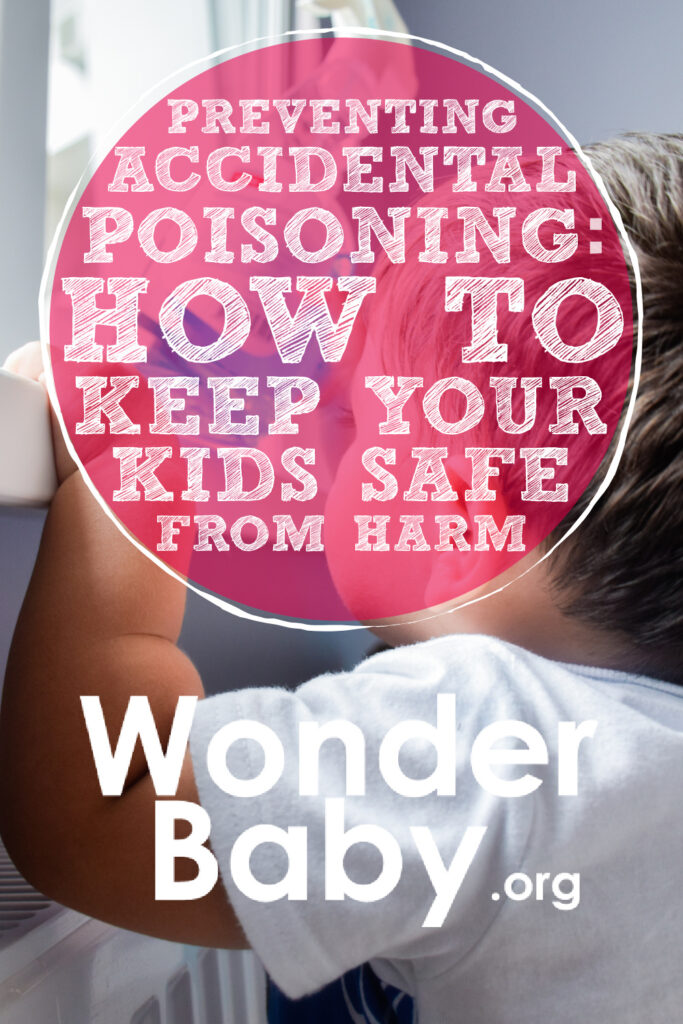
The information WonderBaby provides is not intended to be, and does not constitute, medical or other health advice or diagnosis and should not be used as such. Always consult with a qualified medical professional about your specific circumstances.
Related Posts
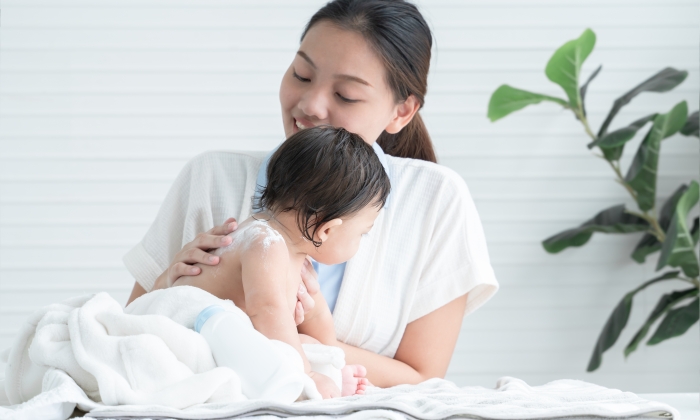
Health & Nutrition
Can Baby Skin Care Products Expire?
Is that forgotten tube of diaper rash cream still safe to use? Learn more about the expiration dates of popular skin care products for infants.
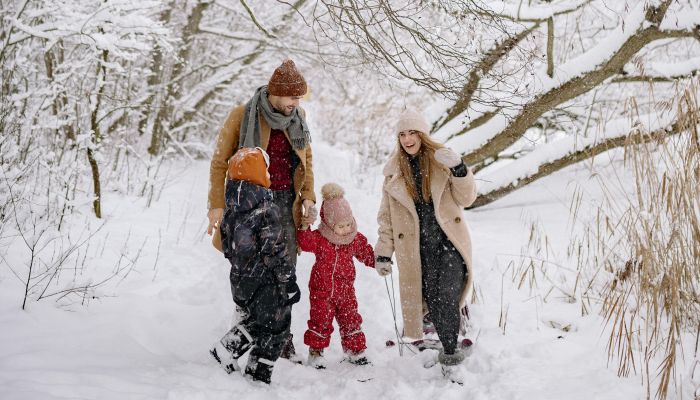
Health & Nutrition
Boosting Immunity in Kids: 3 Tips for a Healthy Winter
Parents can help boost their kids’ immunity during cold and flu season by maintaining healthy eating, sleeping, and exercising habits in the winter.
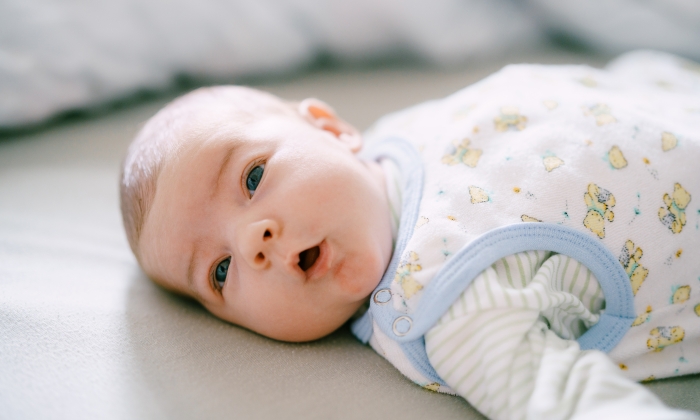
Health & Nutrition
Flat Head Syndrome and Torticollis: What You Should Know
Torticollis, or tight muscles in the neck, may cause your baby to have a flat spot on their head that needs to be assessed and treated by a physician.
